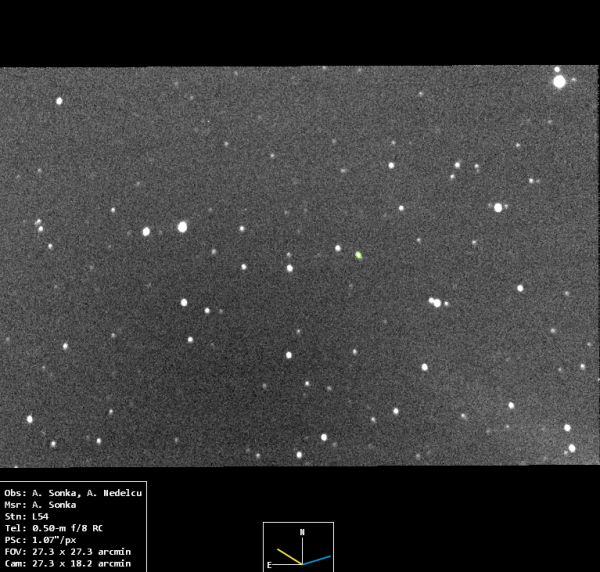Monitoring of the Hera space mission launch from Romania
The Hera space probe, developed by the European Space Agency (ESA), was launched from Cape Canaveral on October 7, 2024, at 17:52 (Romanian time). The mission aims to study the asteroid (65803) Didymos and its moon, Dimorphos, which was intentionally struck with a projectile on September 22, 2022. Hera will analyze the aftermath of this impact to better understand how humanity might deflect a potentially dangerous asteroid, an effort critical for planetary defense strategies.
The Hera mission is part of ESA's planetary defense program and works in conjunction with NASA's DART (Double Asteroid Redirection Test) mission, which carried out the initial impact. By combining data from both missions, scientists aim to refine models of asteroid dynamics and assess the efficiency of kinetic impactors as a tool for asteroid deflection. This collaboration marks a significant milestone in international efforts to prevent catastrophic asteroid impacts on Earth.
Just eight hours after the launch, astronomers at the Romanian Academy's Astronomical Institute, from the Berthelot Observatory, observed the Falcon 9 rocket stage that launched the Hera probe as it traveled 145,000 km away from Earth. The object moved rapidly and displayed variations in brightness due to its uncontrolled rotation. While the Hera spacecraft itself was also in the images, it was too small to be detected with the telescope. Nevertheless, the observation highlighted the excitement and precision involved in tracking space missions from Earth.
Published on: Oct 08, 2024
